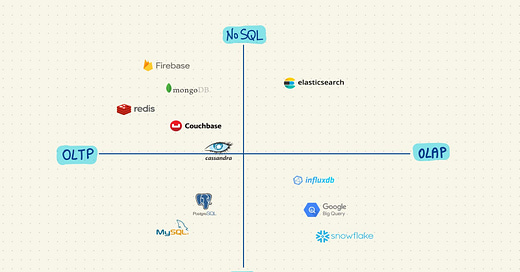Apologies for the delay on this one. I was going to publish last week but felt given the circumstances it was better to wait it out a bit. We’ve got some really exciting stuff coming over the next couple of months, including a guide for how to get more technical, along with posts about WebAssembly, GraphQL, Data Lakes, and ORMs.
The TL;DR
Elastic is the commercial company behind Elasticsearch, a popular open source database for storing and searching unstructured data.
Companies collect loads of unstructured data in the form of logs, requests, sessions, server metrics, etc.
Elasticsearch is a database to store that data, and a search engine to easily comb through it
Unlike MongoDB or MySQL, Elasticsearch is an analytical database, not a production one
Elasticsearch is commonly used with Kibana, its sister data visualization tool
Elasticsearch is a highly popular option for use cases around log management, typically for larger companies. The company behind the open source software went public back in 2018 and did around $400M in revenue in 2020.
Another database? Some taxonomy
Yet another database!? Yes, my dear readers, another database. But Elasticsearch isn’t like other databases; it’s use case specific, meaning it was designed for doing specific things with particular types of data. One of its flagship features is also built-in search (hence the name), which is now becoming common in the NoSQL database world, but was novel when it first released. To understand any database, you first need to understand why teams use it, and it’s there we begin this installment of Technically.
Keep reading with a 7-day free trial
Subscribe to Technically to keep reading this post and get 7 days of free access to the full post archives.




